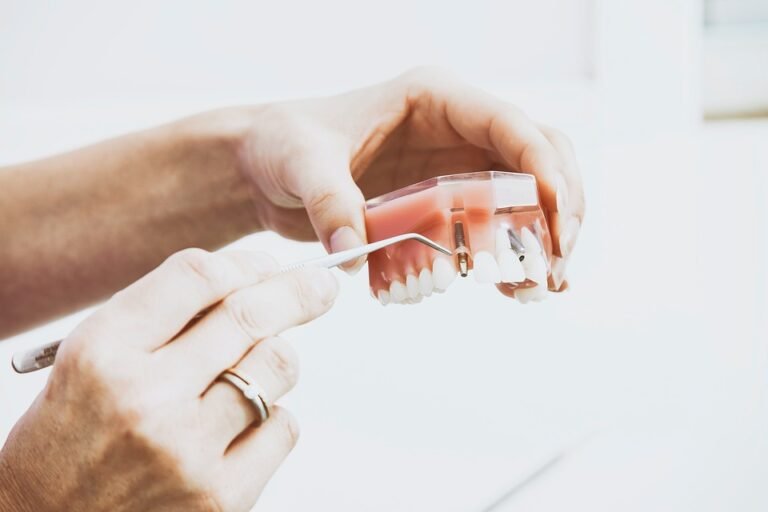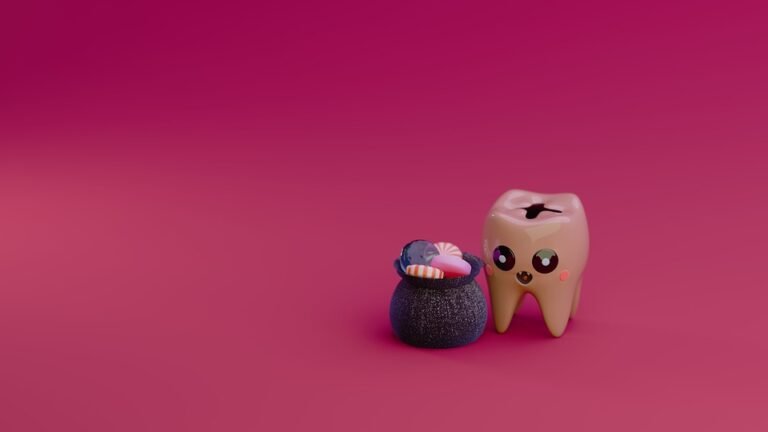What are the differences between traditional and bio-inspired dental materials
Okay, so I’m a dental student and we’re just starting to get into materials science. I understand the basic definitions of traditional dental materials like amalgam, composites, ceramics, etc., and that they’ve been used for years. But then my professor started talking about "bio-inspired" materials and how they’re the future. I’m completely lost.
Specifically, I’m struggling to understand:
- What exactly makes a material "bio-inspired?" Is it just copying structures found in teeth and bone, or is there more to it? I mean, what about things like collagen? Would that be bio-inspired if we used it?
- What are some concrete examples of bio-inspired dental materials that are actually being researched or even used clinically now? I’m not talking about futuristic, hypothetical stuff.
- How do the properties of bio-inspired materials differ from the properties (strength, aesthetics, biocompatibility, durability, etc.) of traditional materials? Are they significantly better, or is it more nuanced?
- Are there specific applications where bio-inspired materials are particularly advantageous or being specifically targeted? Like, are they better for fillings, crowns, implants, or something else?
- What are the main challenges that are preventing bio-inspired materials from being more widely adopted? Is it cost, manufacturing difficulty, or something else?
I’m really trying to grasp the key differences beyond just "one is old, and one is new." I’d appreciate a clear breakdown!
Answer
Traditional and bio-inspired dental materials differ significantly in their composition, design principles, fabrication methods, properties, and clinical performance. Here’s a detailed breakdown of the distinctions:
1. Design Philosophy and Principles:
-
Traditional Dental Materials: These materials are typically designed based on empirical observation and trial-and-error, focusing on achieving specific mechanical and physical properties like strength, hardness, and wear resistance. The design is often subtractive (e.g., carving a restoration) or based on a generic, non-biological model (e.g., a crown shape). There is less emphasis on mimicking the hierarchical structure and functions of natural tooth tissues.
- Bio-inspired Dental Materials: These materials draw inspiration from the structural and functional characteristics of natural teeth and other biological tissues. The design principles involve:
- Mimicking Hierarchical Structures: Replicating the arrangement of components at different scales (nano, micro, macro) found in enamel, dentin, and cementum to optimize mechanical behavior and optical properties.
- Bioactivity: Incorporating components that stimulate cellular activity, promoting tissue regeneration, adhesion, and integration with the surrounding tooth structure.
- Biomimicry of Composition: Using materials that resemble the chemical composition of natural tissues, such as calcium phosphates for enamel and collagen for dentin.
- Functional Gradient: Creating materials with varying properties (e.g., hardness, elastic modulus) across their structure, similar to the gradient seen in natural teeth, to distribute stress and prevent fracture.
2. Composition:
-
Traditional Dental Materials:
- Metals and Alloys: Gold alloys, amalgam (although declining in use), base metal alloys (nickel-chromium, cobalt-chromium) are used for restorations. These are generally strong and durable but lack esthetics and biocompatibility can be a concern.
- Ceramics: Porcelain, zirconia, and other ceramics are used for crowns, veneers, and bridges. They offer good esthetics and biocompatibility but can be brittle and prone to fracture.
- Polymers: Acrylic resins, composite resins are used for dentures, fillings, and cements. They are relatively easy to process but have lower strength, wear resistance, and can exhibit polymerization shrinkage.
- Cements: Zinc oxide eugenol, glass ionomer, resin cements are used for luting restorations and as liners or bases.
- Bio-inspired Dental Materials:
- Calcium Phosphates: Hydroxyapatite (HA), fluorapatite, tricalcium phosphate (TCP) are used to mimic the mineral component of enamel and bone, often in nano-sized form to enhance bioactivity.
- Bioactive Glasses: Glasses containing elements like silicon, calcium, and phosphorus that release ions to stimulate bone and tooth regeneration.
- Collagen and Other Biopolymers: Collagen, chitosan, silk fibroin, and other natural polymers are used to replicate the organic matrix of dentin and to provide a scaffold for cell attachment and growth.
- Peptides and Growth Factors: Short amino acid sequences (peptides) and growth factors (e.g., bone morphogenetic protein, transforming growth factor) are incorporated to promote cell signaling and tissue regeneration.
- Self-Assembling Materials: Materials that spontaneously organize into ordered structures at the nanoscale, mimicking the hierarchical organization of natural tissues.
- Mineral-Polymer Composites: Combining minerals like HA with polymers like collagen or synthetic polymers to achieve a balance of mechanical strength and bioactivity.
3. Fabrication Methods:
-
Traditional Dental Materials:
- Casting: Melting and pouring metals into molds to create restorations (e.g., gold crowns).
- Sintering: Heating ceramic powders to high temperatures to fuse them together (e.g., zirconia crowns).
- Polymerization: Chemically curing polymers to form a solid material (e.g., composite fillings).
- Milling: Using computer-aided design/computer-aided manufacturing (CAD/CAM) systems to precisely shape materials from blocks (e.g., ceramic restorations).
- Bio-inspired Dental Materials:
- Electrospinning: Creating nanofibers from polymers or ceramics by applying an electric field.
- Self-Assembly: Allowing materials to spontaneously organize into desired structures.
- Layer-by-Layer Deposition: Building up materials in thin layers to create complex, hierarchical structures.
- 3D Printing (Additive Manufacturing): Using techniques like stereolithography, selective laser sintering, and fused deposition modeling to create customized scaffolds and restorations.
- Biomineralization: Using biological processes to deposit minerals within a matrix, mimicking natural enamel and dentin formation.
4. Properties:
-
Traditional Dental Materials:
- High Strength and Hardness: Metals and ceramics are typically strong and resistant to wear.
- Esthetics: Ceramics and some polymers offer good esthetic properties.
- Biocompatibility: Some materials can cause allergic reactions or inflammation.
- Polymerization Shrinkage: Polymer-based materials can shrink during curing, leading to microleakage and secondary caries.
- Thermal Expansion Mismatch: Differences in thermal expansion between the material and tooth structure can cause stress and debonding.
- Bio-inspired Dental Materials:
- Bioactivity: Promote cell attachment, proliferation, and differentiation.
- Enhanced Adhesion: Better integration with the surrounding tooth structure, reducing microleakage.
- Remineralization: Ability to promote the deposition of minerals on the tooth surface, preventing and reversing caries.
- Improved Fracture Toughness: Mimicking the hierarchical structure of natural teeth can lead to increased resistance to fracture.
- Controlled Degradation: Some bio-inspired materials are designed to degrade over time, releasing therapeutic agents or providing space for tissue regeneration.
- Reduced Polymerization Shrinkage: Techniques such as using ring-opening monomers and incorporating nanofillers help to reduce polymerization shrinkage.
- Improved Esthetics: Closer match to the optical properties of natural teeth.
5. Clinical Performance:
-
Traditional Dental Materials:
- Well-Established Track Record: Many traditional materials have been used successfully for decades.
- Predictable Performance: Clinical outcomes are generally well-understood.
- Limitations in Longevity: Restorations can fail due to fracture, wear, secondary caries, or debonding.
- Bio-inspired Dental Materials:
- Potential for Improved Longevity: Enhanced adhesion, bioactivity, and fracture toughness may lead to longer-lasting restorations.
- Promotion of Tissue Regeneration: Materials can stimulate the repair and regeneration of damaged tooth tissues.
- Personalized Treatment: 3D printing and other advanced manufacturing techniques enable the creation of customized restorations.
- Still Under Development: Many bio-inspired materials are relatively new, and their long-term clinical performance needs further evaluation.
6. Examples:
- Traditional: Amalgam fillings, gold crowns, porcelain veneers, acrylic dentures, composite resin fillings.
- Bio-inspired: Hydroxyapatite-based cements for remineralization, collagen-based scaffolds for pulp regeneration, peptide-modified surfaces for enhanced cell adhesion, 3D-printed scaffolds for bone grafting, bioactive glass nanoparticles incorporated into restorative materials.
In summary, traditional dental materials primarily focus on achieving specific mechanical properties and esthetics, while bio-inspired materials aim to mimic the structural, functional, and biological properties of natural teeth and tissues. Bio-inspired approaches hold significant promise for developing more biocompatible, regenerative, and long-lasting dental restorations.


